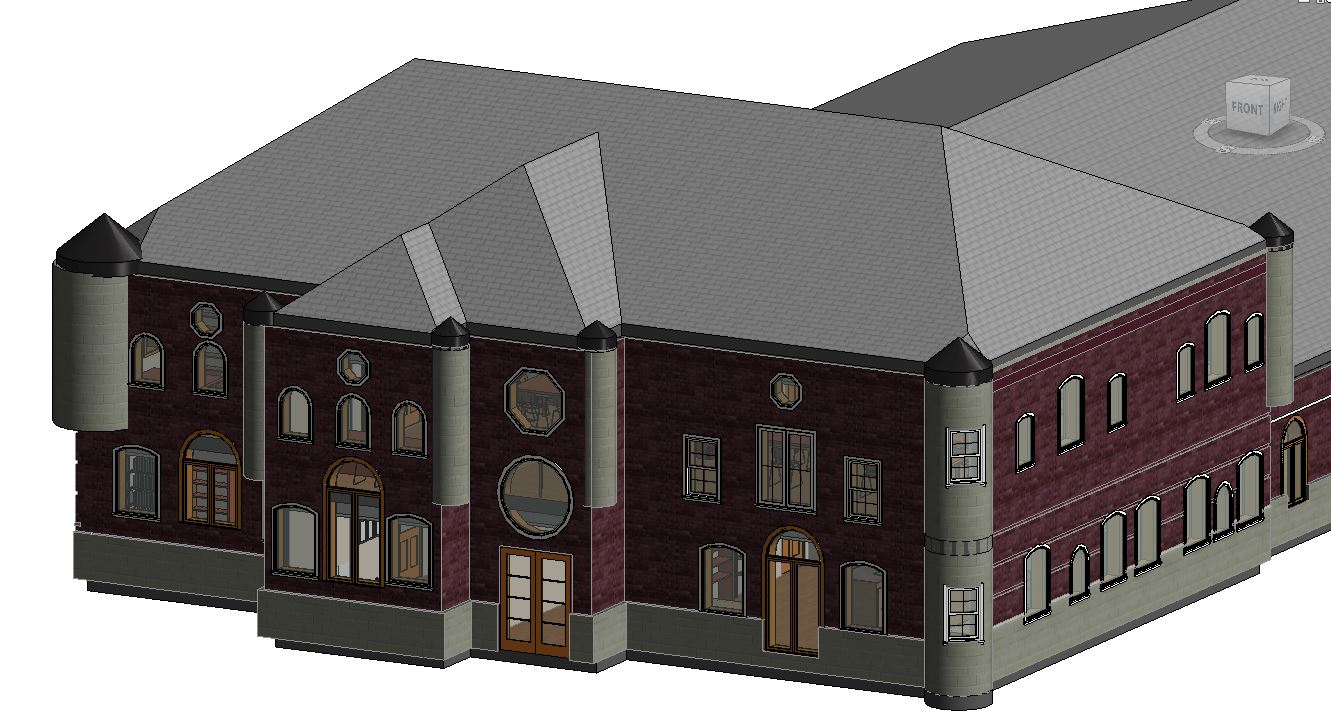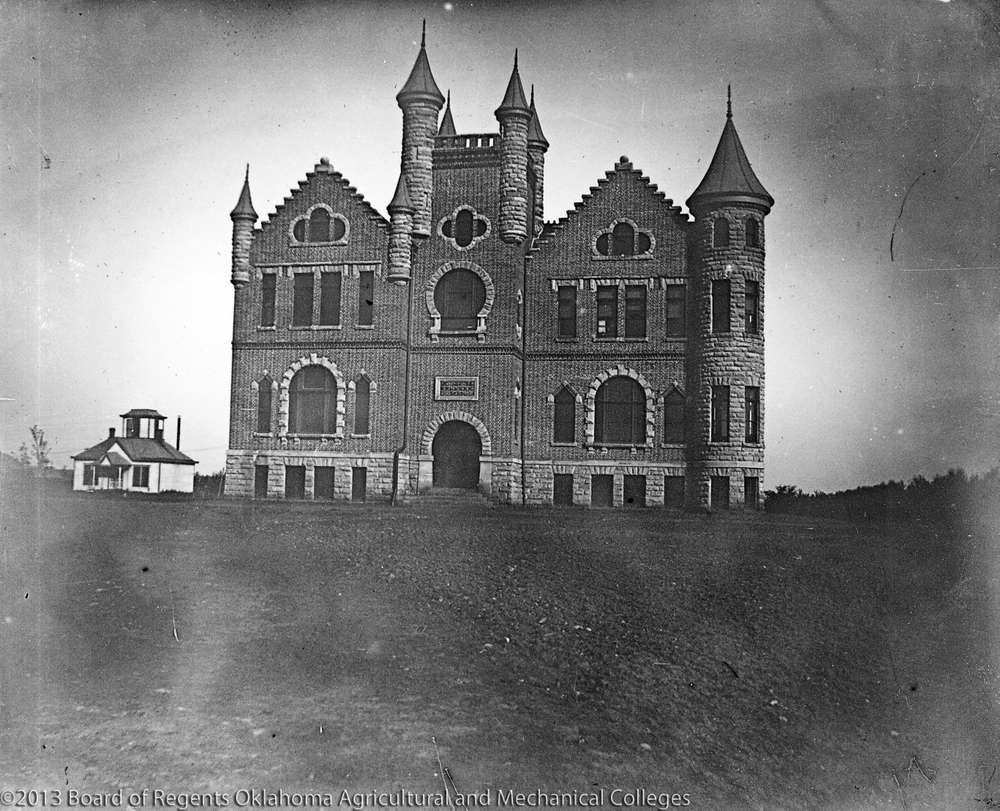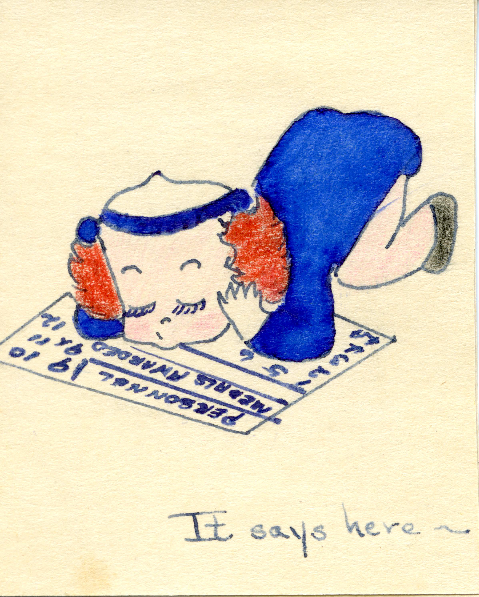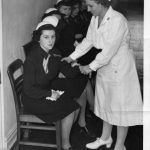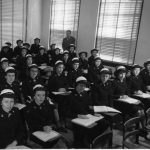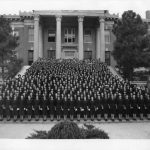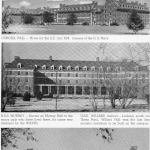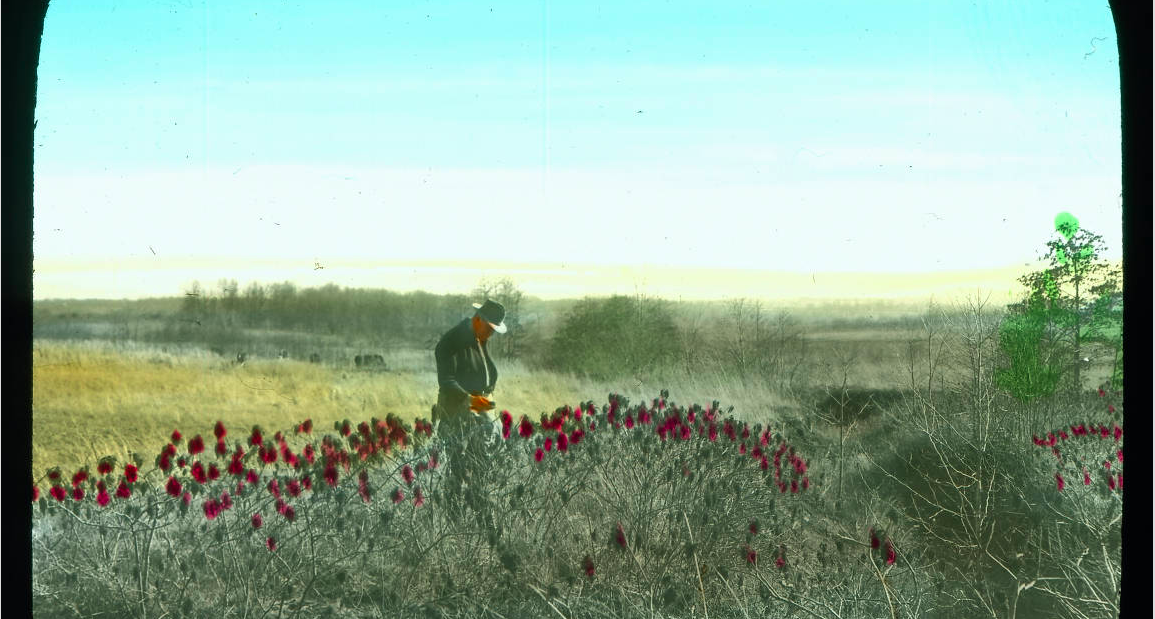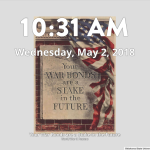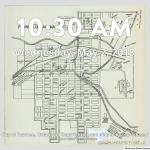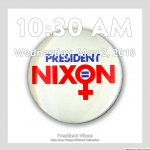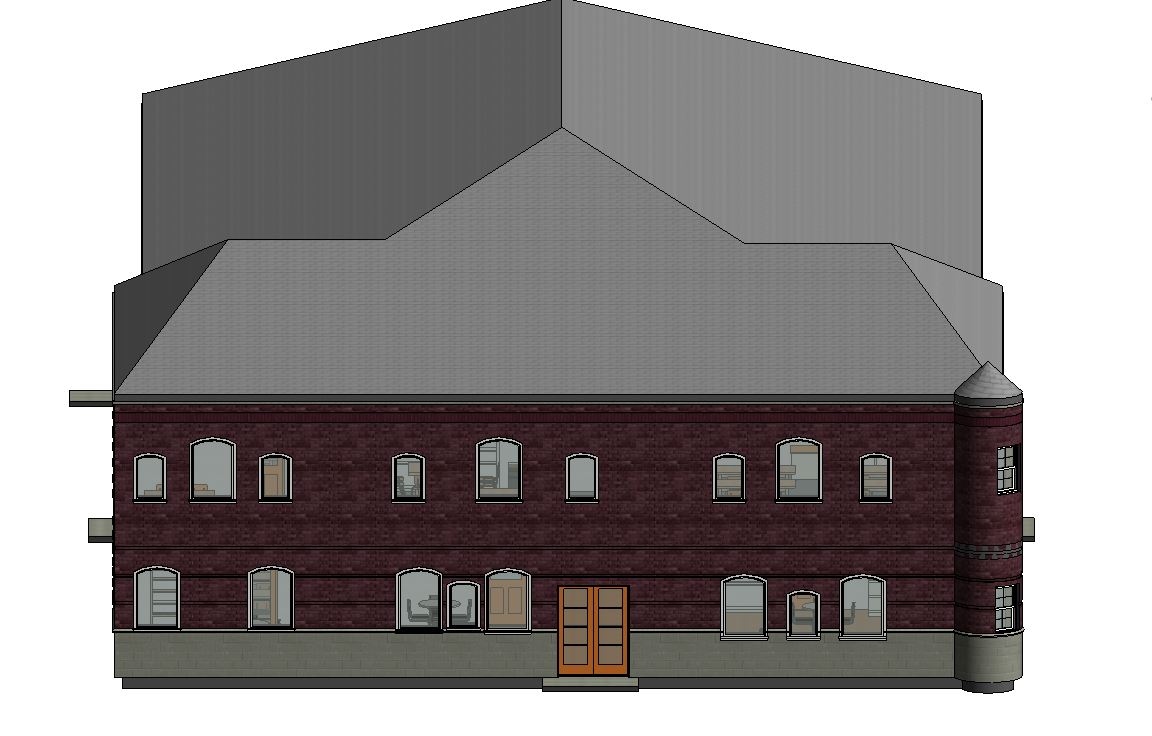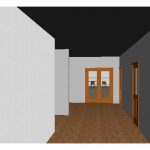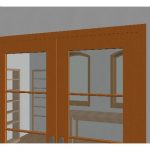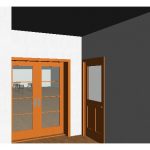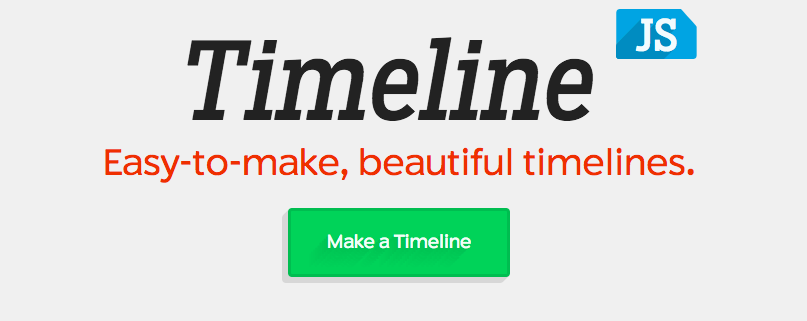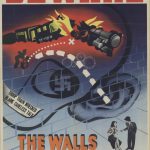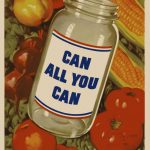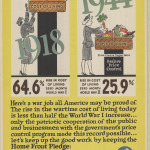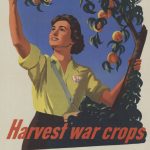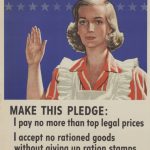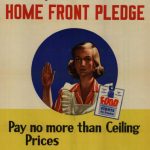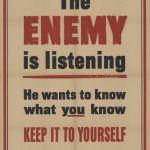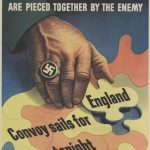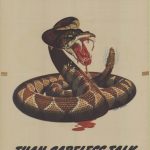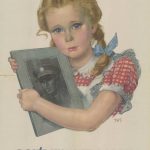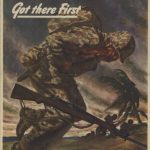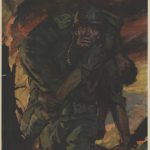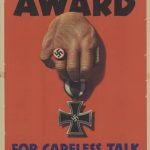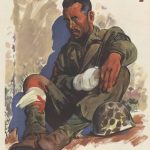My time with Revit is coming to an end and although I gained an enormous amount of knowledge from this program, it was no easy feat. Learning Revit was a difficult task, as I mentioned in earlier blog posts (link to other blog posts), once the project was close to completion, the frustration and confusion I felt throughout the reconstruction process faded away and morphed into confidence.
Story Map
As an alumna of Oklahoma State University, I finally decided to do some research regarding OSU’s mascot, Pistol Pete. I always questioned the origins of our mascot and wondered WHY Pistol Pete was chosen to represent the early OAMC student body. In an effort to understand why Alumni of Oklahoma Agricultural and Mechanical College chose Frank Eaton as their mascot, I created a Story Map which breaks down the life of Eaton.
Historical Reconstruction Project
As part of the digital humanities internship experience, I was assigned to reconstruct one of Oklahoma State University’s (OSU) demolished buildings, Williams Hall. Williams Hall was built in the early 1900’s, before the rapid modernization which occurred in Stillwater, Oklahoma. Williams Hall initial function was the library, and it was actually the first library on OSU’s campus.
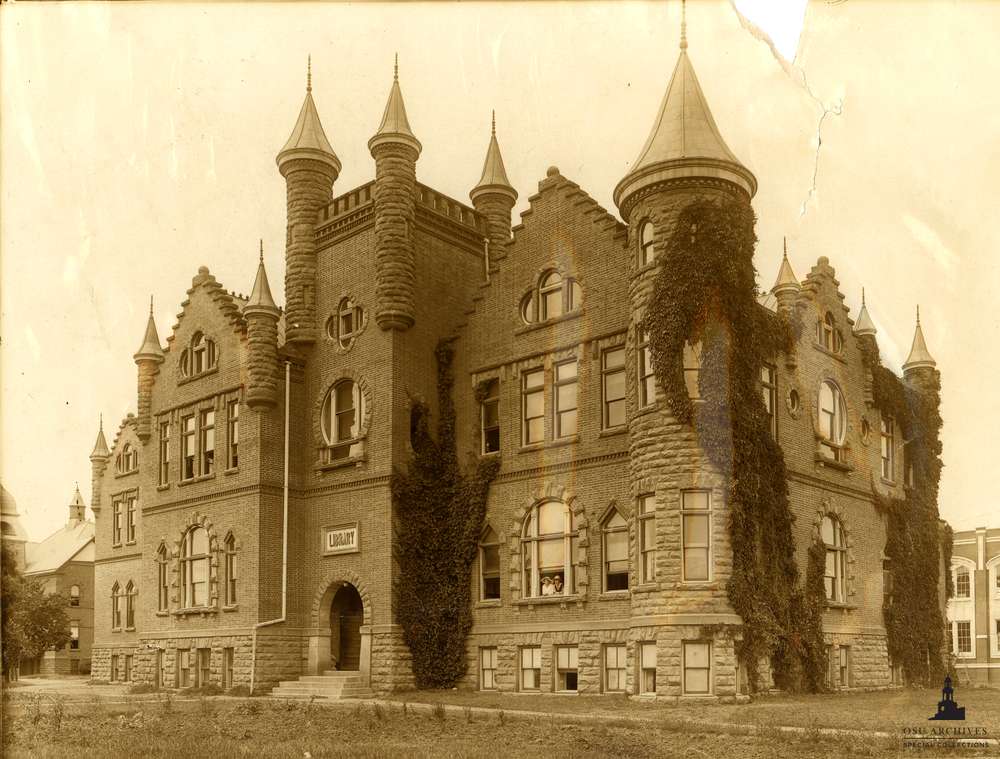
The WAVES
A song about The WAVES:
WAVES of the Navy,
There’s a ship sailing down the bay
And she won’t slip into port again
Until that Victory Day.
Carry on for that gallant ship
And for every hero brave
Who will find ashore, his man-sized chore
Was done by a Navy WAVE.
History:
After the bombing of Pearl Harbor, the United States Government declared war on Japan and thusly caused Nazi Germany to declare war on the United State of America. Many American citizens were reluctant to support the war effort, especially after WWI left such an immense impact on the population. In hopes of gaining more support towards the war effort, the USA government wondered if women should play a role in WWII. The idea of women participating in the Navy sparked much debate but eventually, women were allowed into the Navy, and they were known as the WAVES (Women Accepted for Volunteer Emergency Services).
Once women were allowed into the Navy, the USA government selected several universities to operate as training facilities for both men and women. Consequently, Oklahoma Agricultural and Mechanical College were selected to train the new recruits. However, with the rise of recruitment, the notion of whether or not African-American women could participate became a hot topic. Only approximately 70 African-American women were allowed to participate in WAVES.
Google Extension
The goal of this project was to showcase the sheer volume of archival material the Oklahoma State University Library offers to their students.
The pictures embedded within the Google extension consist of city maps, soil erosion maps, county maps, state maps, and pictures with prominent Oklahomans.
Add the Google Extension
Historical Reconstruction
Have you ever wondered what an old building previously looked like? Have you ever seen pictures of a building and thought “wow, I wish I could see that”? Historical reconstruction is the recreation of the building based on blueprints, pictures, books, and other archival materials.
The problems that face reconstructing a historical building is that preservationists claim that reconstructing a building is unethical and more detrimental to the historical value of the building; Some historians agree with this stance, but it is inevitable for a historical building (since they are incredibly old) to either be destroyed, altered, or receive a complete remodel.
(Daria Kareeva and Valeriya Glazkova, “Reconstruction and restoration of historical buildings of transport infrastructure” IOP Conference Series: Earth and Environmental Science, 1-7)
With the rise in technology, people are utilizing the 3D elements and archival material via libraries (such as the Oklahoma State University Library Archives) to reconstruct historical buildings.
Examples of virtual historical reconstruction:
Timeline JS
The First Step…
At first glance, Timeline JS seemed like a daunting task, but then, it sparked interest. I looked through examples provided on Timeline JS’s website and realized how neat this tool actually was; Timeline JS allows people interested in one specific area of modern or pre-modern events to examine how historical events changed society with the assistance of Timeline JS providing a visible timeline.
Opinion.
The ability to chronologically see the date in which an event happened and also, see how much of an impact the event had on society underpins the importance of history. As a history major myself, I foresee myself utilizing Timeline JS for presentations regarding change over time, which would be immensely beneficial for history survey classes.
However, Timeline JS did have some confusing aspects to it, especially regarding photographs. No matter the URL, the box which the URL was placed in–most of the time– indicated the URL was invalid, which became increasingly bothersome. In some cases, the URL was, in fact, invalid, but the program did not provide an explanation as to why the links were not valid. Also, if dates for an event are not available, Timeline JS automatically assumed the beginning date of an event was 0 CE. All in all, Timeline JS is a vital tool which—in my opinion—should be used in classrooms to emphasize the significance one event can have on later years.
Example:
World War II (Second attempt at Timeline Js)
Why Propaganda?
United States of America Propaganda Campaign= gain and unite the American population in efforts to support the war effort.
(All of the WWII posters displayed on this blog are from the Oklahoma State University Archives website).
What was the strategy?-TRUTH?
The American Government practiced a strategy of truth, rather than the ordinary definition of propaganda: “information, especially of a biased or misleading nature, used to promote or publicize a particular political cause or point of view”
(Dictionary.com)
Other propaganda tactics focused on fear, betrayal, jobs, and enlistment.
“We have faith that future generations will know that here, in the middle of the twentieth century, there came a time when men of good will found a way to unite, and produce, and fight to destroy the forces of ignorance, and intolerance, and slavery, and war.”
FRANKLIN D. ROOSEVELT, Address to the Annual Dinner for White House Correspondents’ Association, Mar. 15, 1941
(www.notable-quotes.com)
The USA government believed telling the truth was a more effective way to achieve their overarching goal of uniting the population behind the war effort and the war in Europe. The propaganda posters asked regular American citizens to ration their food and to conserve everyday materials to ensure the soldiers abroad had enough food, metal and other essential items (most notably coffee).
The Victory Gardens were created to alleviate the possibility of food shortages occurring during the war. Most of the time, Victory Gardens were vegetable gardens planted in people’s backyards or on their property. Throughout the war, Victory Gardens were seen as a true sign of patriotism. This later evolved into canning, which is the long-term preservation of food.
“I hope every American who possibly can will grow a victory garden this year. We found out last year that even the small gardens helped.
The total harvest from victory gardens was tremendous. It made the difference between scarcity and abundance. The Department of Agriculture surveys show that 42 percent of the fresh vegetables consumed in 1943 came from victory gardens. This should clearly emphasize the far-reaching importance of the victory garden program.
Because of the greatly increased demands in 1944, we will need all the food we can grow. Food still remains a first essential to winning the war. Victory gardens are of direct benefit in helping relieve manpower, transportation, and living costs as well as the food problem. Increased food requirements for our armed”
–President Franklin D. Roosevelt, April 1, 1944
(www.presidency.ucsb.edu)
The government also designed and disperse posters targeting the rationing of food and economic price controls. After the bombing of Pearl Harbor, President Franklin D. Roosevelt (FDR) issued price controls in an attempt to quickly fund the war–even though price controls are unfavorable with economists, President FDR believed it was a state of emergency. from the price controls, the government gained an immense amount of control over the many economic sectors of America.
Another propaganda tactic was fear; Fear was spread throughout the American population through creating the idea that the enemies (Nazi Germans and their allies) spies were everything–listening to what regular Americans said about the war, in efforts to defeat the Allied forces.
“Soldiers, Sailors and Airmen of the Allied Expeditionary Force! You are about to embark upon a great crusade, toward which we have striven these many months. The eyes of the world are upon you. The hopes and prayers of liberty loving people everywhere march with you.”
–Dwight D. Eisenhower
(usatoday.com)
